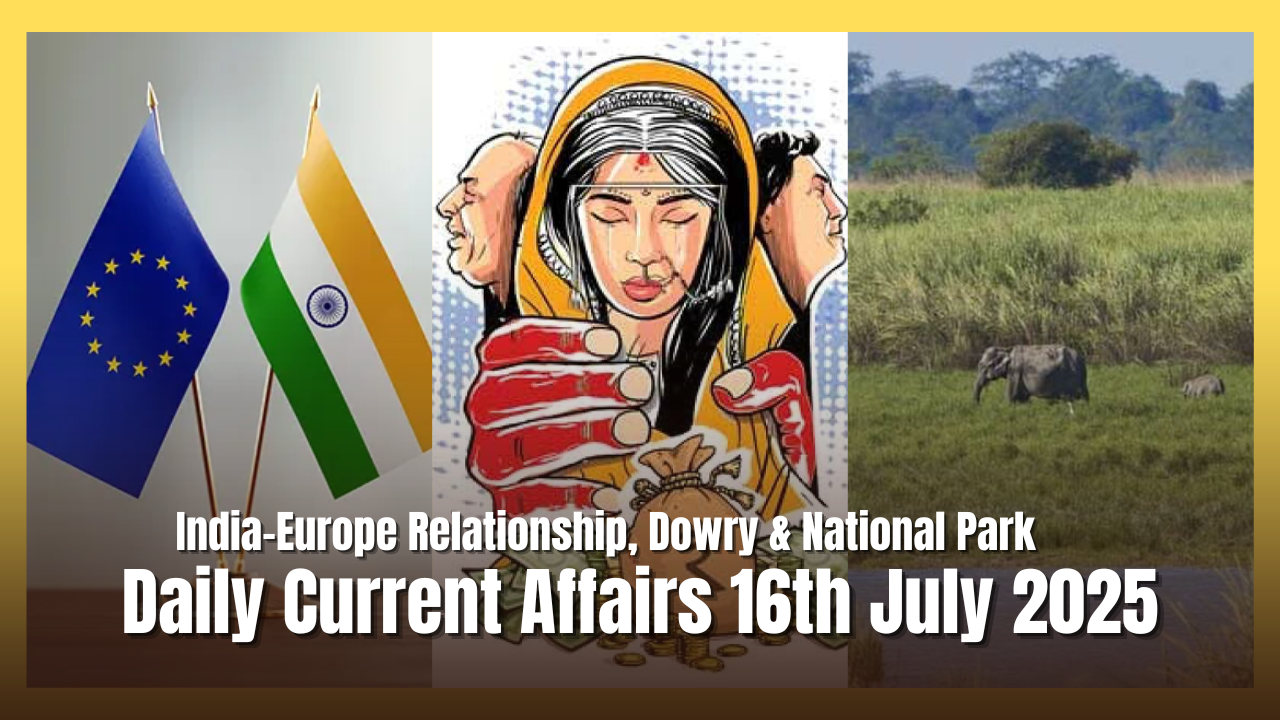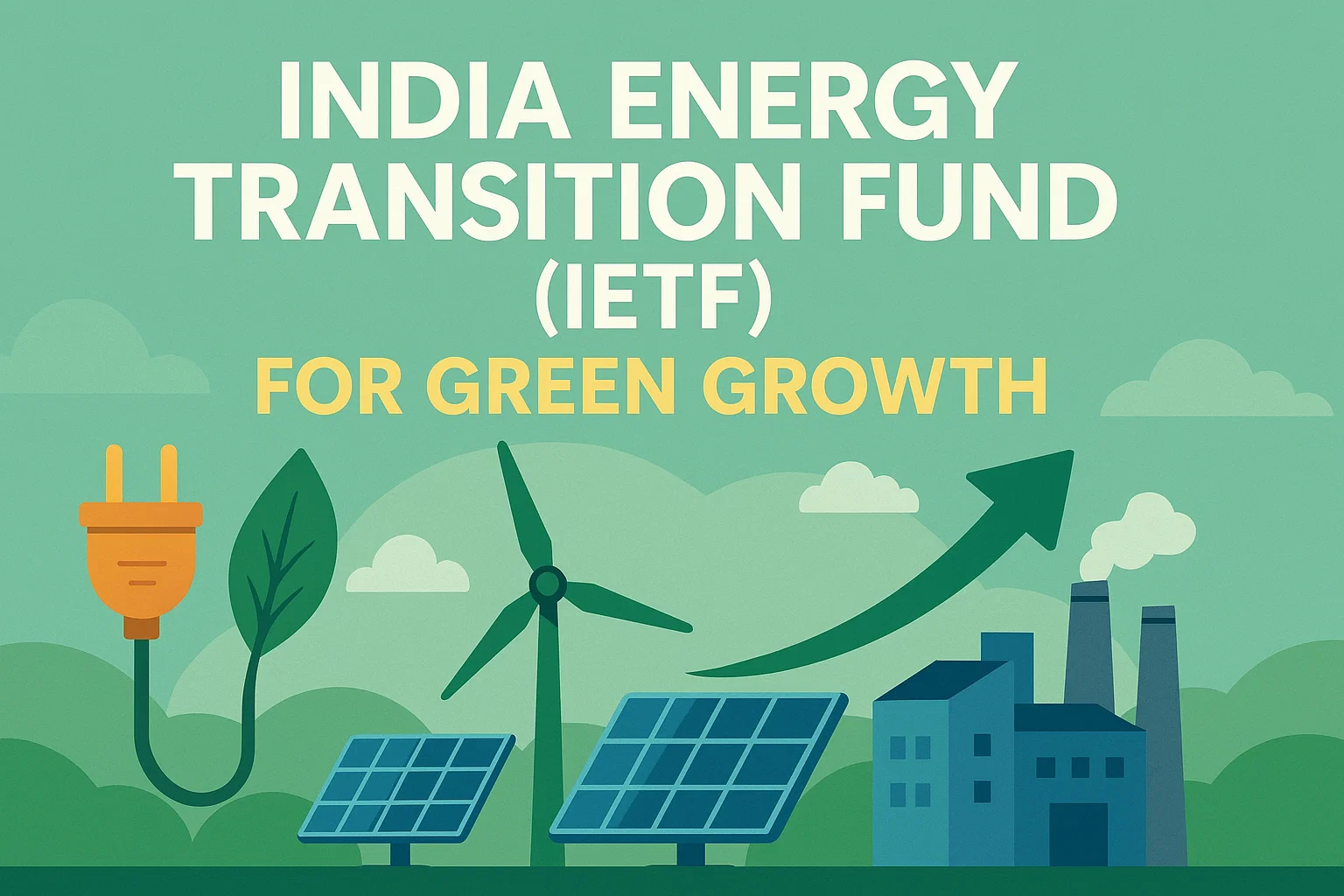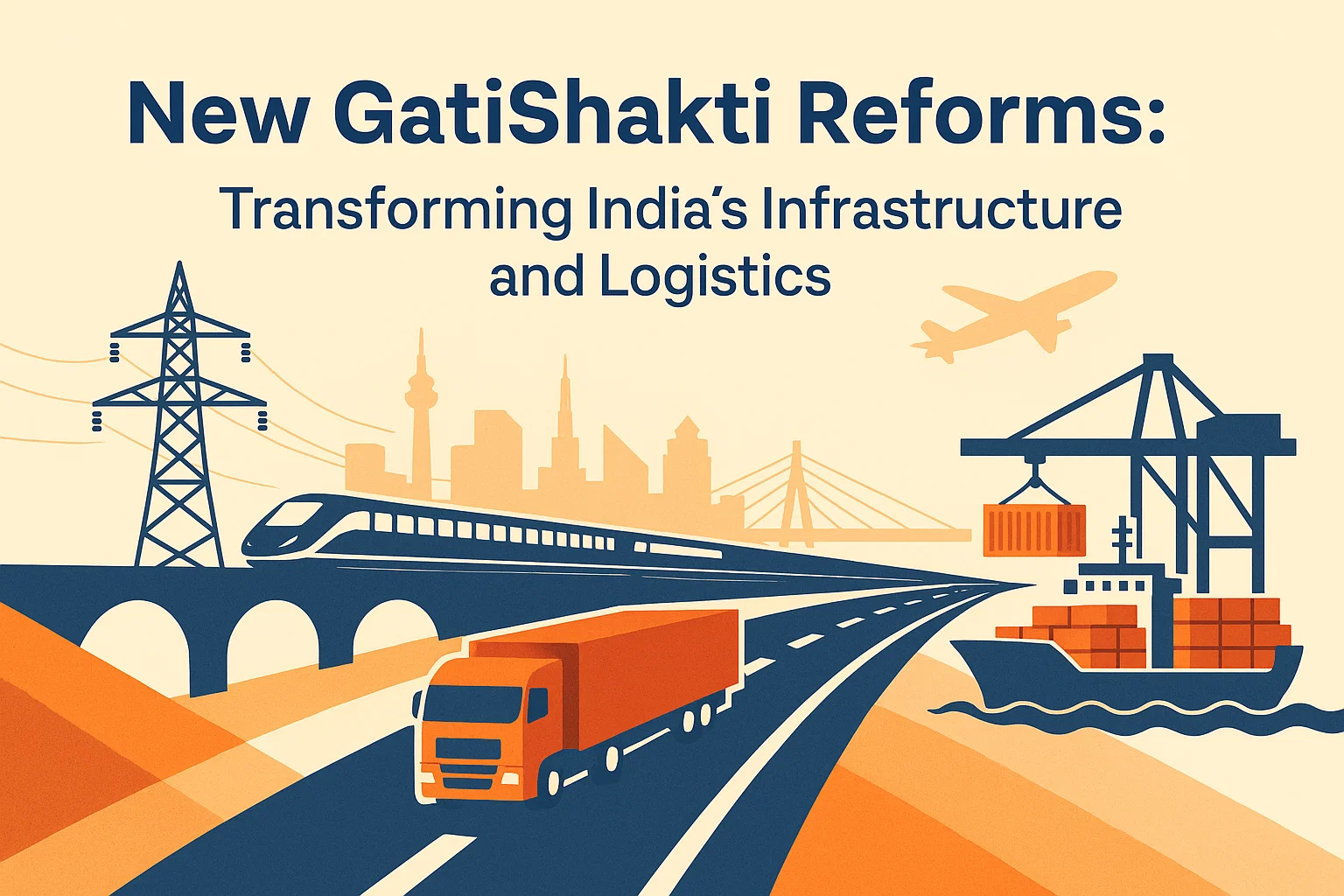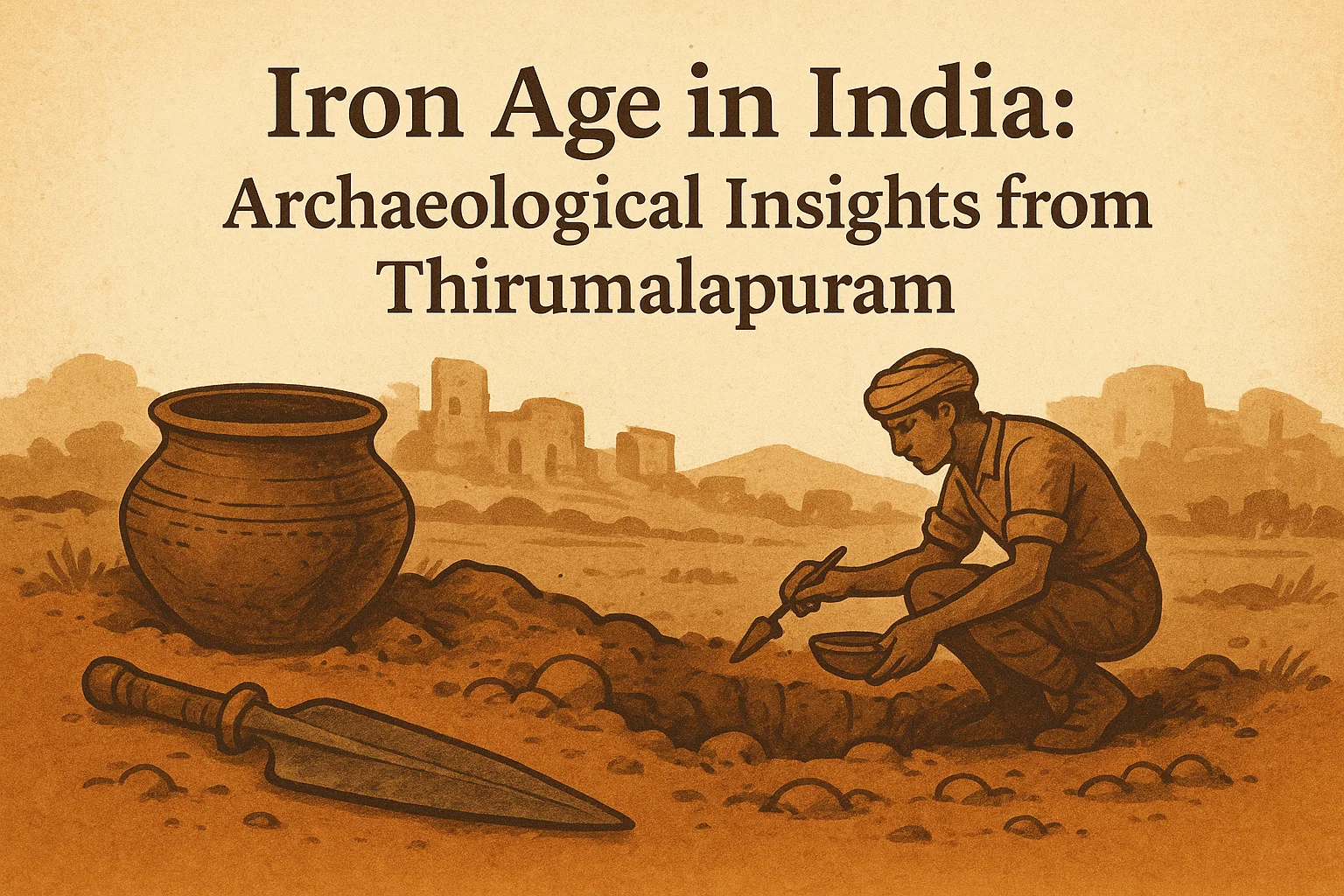Daily Current Affairs 16th July 2025
In this edition of Daily Current Affairs, we bring you concise and important updates on key national and international developments that are shaping the world today.
1) Strategic Renaissance in India-Europe Relationship
2) Why Are Dowry-Related Deaths Still Rampant?
3) Is India the Most Equal Country?
4) Denmark Empowers Citizens Through Copyright Law to Fight Deepfakes
5) India’s Renewable Rise
6) First Grassland Bird Survey in Kaziranga National Park
7) Two-State Illusion: Confronting the Grim Reality of Occupation
Strategic Renaissance in India-Europe Relationship
The importance of India and Europe walking in step
Context: In an increasingly fragmented global order, the India-Europe relationship offers a timely opportunity for diplomatic renewal — one grounded in shared civilisational values and elevated by contemporary strategic imperatives.
More on News
- Historically, the two regions have operated on parallel tracks, but today’s geopolitical turbulence presents a unique moment for convergence.
- India’s diplomatic outreach signals a conscious shift toward a continent undergoing profound transformation.
- This outreach is not just about economics or culture; it reflects a sharp understanding of shifting global power equations.
How Has Europe’s Strategic Outlook Changed in Recent Years?
- Strategic Reset: With the traditional transatlantic alliance under pressure — especially following the U.S. President Donald Trump’s disruptive foreign policy — nations like Canada, Germany, France, and the United Kingdom are seeking new alignments.
- Aiming Self-Reliance: European leaders are working to transform the continent into a more self-reliant and influential global pole, embracing defence spending, regional security arrangements, and global engagement.
Why Do India and Europe Align on a Multipolar World Vision?
- Aiming Multipolarity: India’s evolving foreign policy posture of “multi-alignment” resonates with Europe’s vision of a multipolar global order. As middle powers, both share a commitment to international law, inclusive institutions, and pluralistic values. This strategic convergence is most visible in two formats:
- Institutional: India and the EU are enhancing cooperation in trade, climate change, technology, and security.
- Bilateral: India’s ties with France, Germany, Italy, and Eastern and Nordic European nations are acquiring significant depth.
- Countering Bipolarity: The growing U.S.-China rivalry makes India-Europe collaboration increasingly vital.
What Economic Opportunities Exist in the India-Europe Corridor?
- Between 2015 and 2022, EU foreign direct investment (FDI) in India surged by 70%, with France leading the charge with a 373% increase.
- EU imports from India have doubled in recent years. This momentum must now be cemented through:
- Fast-tracking the India-EU Trade and Investment Agreements, ideally beginning with an “early harvest” deal.
- Revisiting the Carbon Border Adjustment Mechanism with an equity lens, ensuring climate ambition doesn’t become a form of green protectionism.
- Implementing the India-Middle East-Europe Economic Corridor (IMEC) as a modern trade route connecting markets through infrastructure, energy, and innovation.
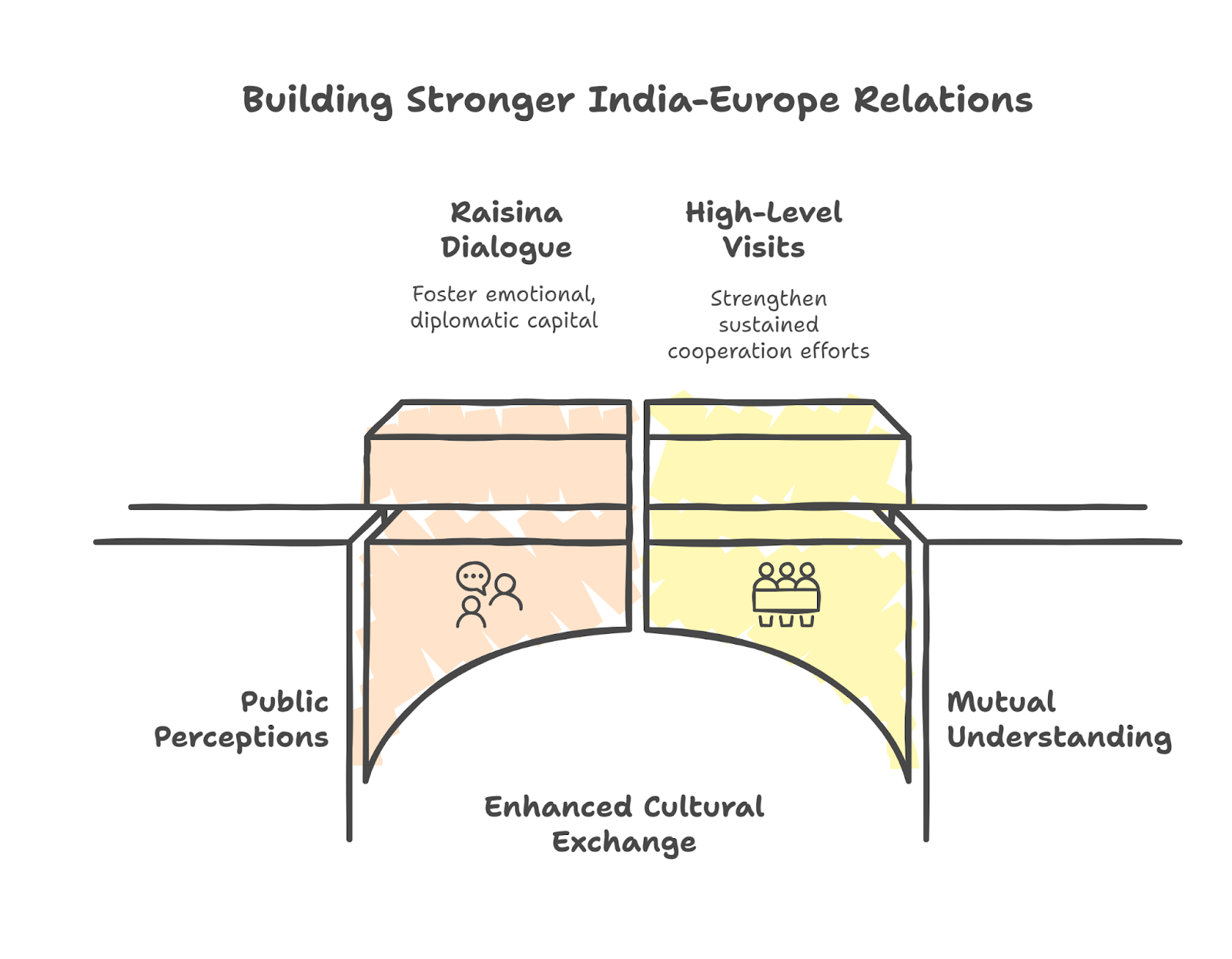
Can Technology Drive a New India-Europe Partnership?
- India and Europe see digital and tech infrastructure not as proprietary domains but as public goods for the global community.
- Europe’s strength in deep tech, semiconductors, and digital regulation complements India’s dominance in scalable software, digital public goods, and innovation platforms.
- Key areas for collaboration include Artificial intelligence (AI) governance and regulation, Clean energy solutions and climate technology, Biotechnology and healthcare system resilience and Ocean sustainability and food security.
- A comprehensive mobility partnership for students, researchers, and skilled workers can serve as a bridge between their innovation ecosystems.
How Is Strategic and Defence Cooperation Expanding?
- Europe remains a vital partner in India’s defense modernisation. As India champions Atmanirbhar Bharat (self-reliant India) and Europe pursues ReArm 2025, opportunities emerge for:
- Joint defense R&D and technology transfer
- Maritime domain awareness and naval cooperation
- Cybersecurity and space collaboration
- Coordinated counter-terrorism efforts
- Crucially, Europe must adopt a stronger stance against Pakistan’s support for extremist networks — a shared security concern for both.
What Shared Values Anchor India-Europe Global Leadership?
- India and Europe share a vision for a rules-based global order. Their belief in multilateralism, global equity, and inclusive development aligns them in key global platforms such as United Nations (UN), World Trade Organisation (WTO), Quadrilateral Security Dialogue (Quad) and Global AI governance forums.
- Unlike coercive powers, India and Europe are coalition-builders, not empire-seekers — realists guided by shared democratic values.
Why Are Dowry-Related Deaths Still Rampant?
Dowry deaths in India: Long investigations, rare convictions
Context: Despite being criminalised under the Dowry Prohibition Act, dowry-related violence and deaths continue to plague Indian society.
The Dowry Prohibition Act, 1961 defines dowry as any property or valuable security given or agreed to be given—either directly or indirectly—to either party in a marriage, their parents, or any other person in connection with the marriage.

What Do Recent Dowry Death Cases Tell Us?
The recent spate of dowry-related fatalities has exposed the harsh reality that dowry harassment remains widespread and fatal:
- In Aligarh (Uttar Pradesh), a woman was tortured with a hot iron and later died.
- In Pilibhit, another woman was allegedly burned alive over unmet dowry demands.
- Chandigarh witnessed a suicide linked to dowry harassment.
- In Tamil Nadu, women in Ponneri and Tiruppur died by suicide within days of their weddings.
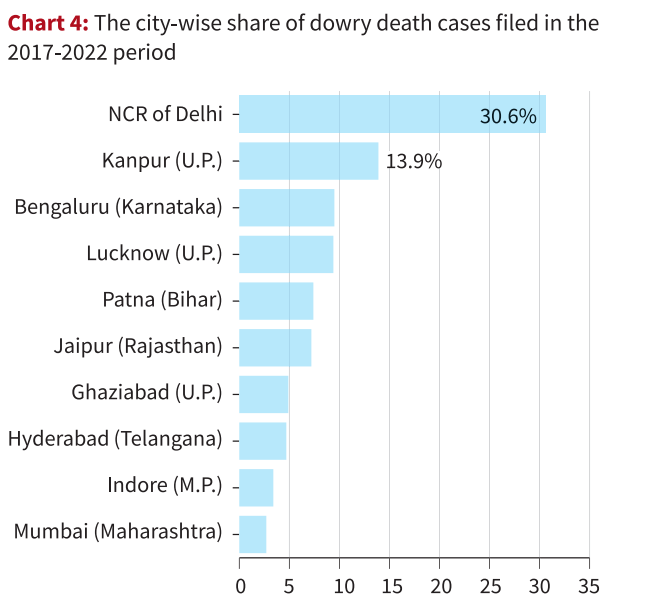
What Does the NCRB Data Reveal About Dowry Deaths?
-
- According to the National Crime Records Bureau (NCRB), an average of 7,000 dowry deaths were reported annually between 2017 and 2022.
- However, these figures only represent reported cases — actual numbers are likely higher due to underreporting.
-
Key takeaways:
-
- Only around 4,500 of these cases were charge-sheeted annually, pointing to massive investigative lapses.
- The remaining cases were stuck in long investigations or dismissed due to “insufficient evidence” or “false complaints”.
- As of the end of 2022, 67% of nearly 3,000 pending investigations were delayed by over six months.
Why Are Investigations and Convictions So Low?
- 70% of charge-sheets filed in 2022 were submitted after two months of investigation.
- Only around 100 cases resulted in conviction annually, out of 6,500 sent for trial.
- Over 90% of trials remain pending in court.
- A large number of cases result in acquittals, compromises, plea bargains, or are withdrawn due to lack of evidence.
- This data indicates a systemic failure in policing, prosecution, and judiciary when it comes to addressing crimes against women.
Judicial Interventions
Sanjay Kumar Jain v. State of Delhi (2011): The Supreme Court strongly denounced dowry-related deaths, terming them a “curse on society”, highlighting the grave social menace they represent.
State of Haryana v. Satbir Singh (2021): The Court broadened the interpretation of cruelty under Section 498A IPC by allowing the inclusion of indirect or circumstantial evidence, thereby strengthening protections for women facing domestic abuse.
Rajesh Sharma v. State of U.P. (2017): Acknowledging concerns about misuse, the Supreme Court introduced procedural safeguards to prevent the arbitrary application of Section 498A IPC, aiming to balance justice and fairness.
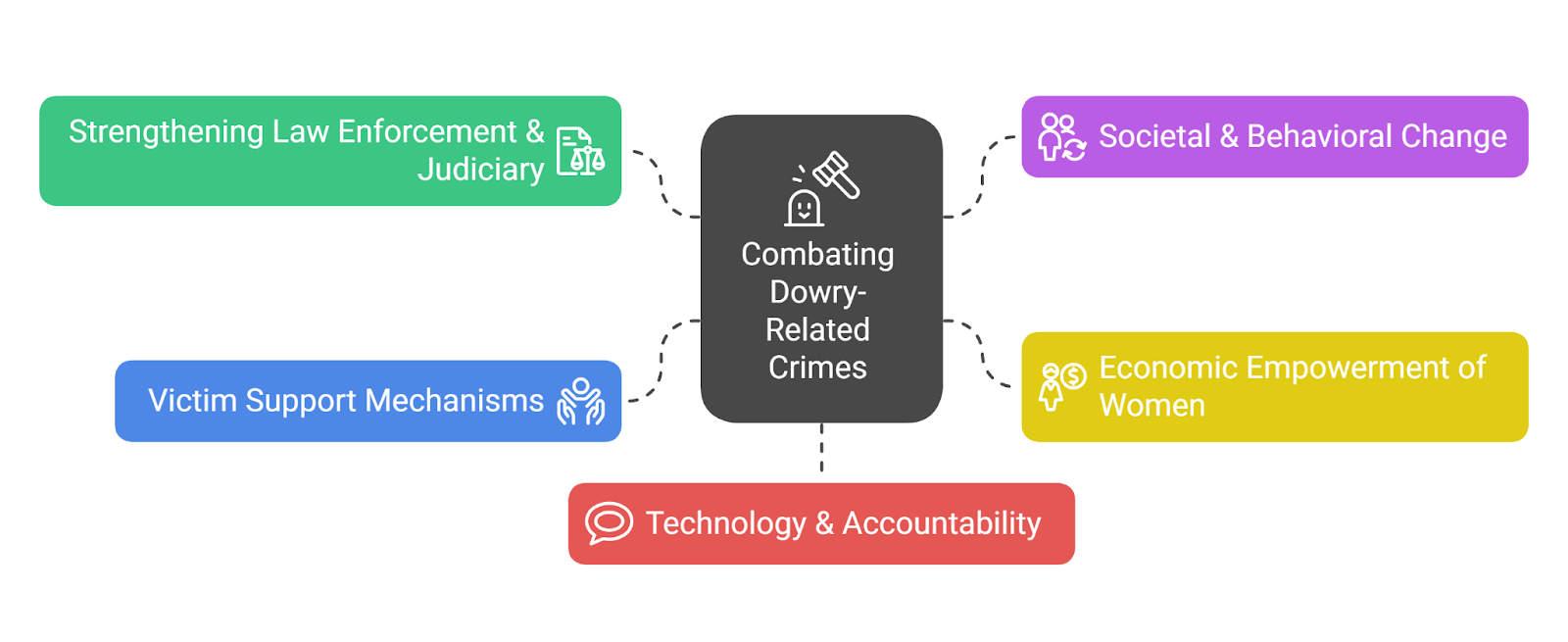
What are the Key Legal Provisions?
- Dowry Prohibition Act, 1961: This Act explicitly criminalises the giving, taking, or demanding of dowry, making it a punishable offence under Indian law.
- Section 113B of the Indian Evidence Act, 1872 (now Section 117 of the Bharatiya Sakshya Adhiniyam, 2023): Establishes a presumption of dowry death if a woman dies under suspicious circumstances within seven years of marriage and there is evidence of prior harassment or cruelty related to dowry.
- Section 80 of the Bharatiya Nyaya Sanhita (BNS), 2023 (replacing IPC Section 304B): Defines dowry death and prescribes stringent punishment—not less than seven years, extending to life imprisonment.
- Section 85 of the BNS, 2023 (formerly Section 498A of the IPC): Addresses cruelty by a husband or his relatives towards a married woman, and criminalises both physical and mental harassment.
Is India the Most Equal Country?
World Bank’s warped inequality numbers
Context: According to the World Bank’s Poverty and Inequality Platform (PIP), India had the lowest consumption inequality in the world in 2022-23, with a Gini index of 25.5.
More on News
- This finding, based on official household consumption survey data, paints India as the most equal society globally — at least in terms of consumption distribution.
- However, this statistical revelation has triggered a messy debate — with government agencies, international institutions, and experts misinterpreting or selectively quoting data.
What Sparked the Controversy Around India’s Inequality Ranking?
- The debate began with an essay on the Observer Research Foundation (ORF) website, which erroneously claimed that India is the world’s fourth-largest economy and the fourth most equal society.
- This was quickly endorsed by the Press Information Bureau (PIB) and amplified by political leaders.
- However, these claims are factually incorrect:
- India is not yet the fourth-largest economy — that milestone is expected only by 2027.
- India is not the fourth most equal, but the most equal in consumption terms.
- The core issue lies in the misrepresentation of consumption data as income equality, which are distinct indicators and must not be conflated.
How Are Consumption and Income Inequality Different?
Inequality can be measured through two primary indicators:
- Consumption Inequality: Based on how households spend and consume goods and services.
- Income Inequality: Based on the distribution of earnings across individuals or households.
- India’s Gini index of 25.5 is based solely on consumption data, as India has never conducted an official income distribution survey.
- Therefore, income inequality in India remains unmeasured through official channels, unlike consumption inequality.
Why Are World Inequality Database (WID) Estimates Problematic?
- While experts like Surbhi Kesar rightly critique the government’s conflation of data types, she too references income inequality estimates from the World Inequality Database (WID) — which are synthetic, model-based approximations, not based on official surveys.
- This is problematic for two reasons:
- WID’s methodology is opaque and has been questioned in top-tier economic journals, especially for countries like the US.
- WID’s data is not considered official or verified by national governments or institutions like the World Bank.
- Thus, mixing official consumption data with synthetic income data results in misleading conclusions.
What Is the Role of the World Bank’s Poverty and Inequality Platform (PIP)?
- The PIP database, created by the World Bank, compiles official household survey data on income and consumption inequality from 167 countries, with over 2,200 datasets spanning 1963 to 2024.
- Key facts:
- India has no official income Gini data in PIP — and neither does South Africa.
- According to PIP, South Africa remains the most unequal country (consumption Gini: 63.0), while India is the most equal (Gini: 25.5).
- Ironically, despite this robust dataset, the World Bank itself introduced confusion by quoting WID’s synthetic income Gini of 62 for India in its April 2025 Poverty and Equity Brief — the only country brief where such a practice occurred.
Can Consumption and Income Gini Indices Be This Far Apart?
- Historical research, including by the World Bank, suggests that income Gini indices are typically about six points higher than consumption Ginis.
- Yet, the WID estimates show India’s income Gini at 62, a 36-point gap from the consumption Gini of 26.
- This enormous disparity raises serious credibility concerns:
- Is WID’s synthetic estimate valid?
- Why is the World Bank citing unofficial data for one country while rejecting it for others?
- What explains this statistical inconsistency?
- Until India conducts an official income survey, such contradictions will continue to fuel confusion rather than clarity in the policy discourse.
What Should Be Done to Improve India’s Inequality Measurement?
To foster transparency and accuracy:
- Conduct an official national income distribution survey.
- Avoid mixing synthetic and official datasets in policy communications.
- Encourage institutions like the World Bank to adhere strictly to their own data standards.
- Develop clearer public communication strategies that distinguish between income and consumption-based inequality.
- India has made progress in reducing consumption inequality, but assumptions about income inequality require proper data and caution.
Denmark Empowers Citizens Through Copyright Law to Fight Deepfakes
Denmark plans to use copyright law to protect against deepfakes.
Context: In a landmark move, Denmark is set to redefine personal digital rights by extending copyright protections to individual likenesses, in an effort to tackle deepfakes head-on.
What is the aim of the Bill?
What Are Deepfakes and Why Are They a Threat?
- Deepfakes are AI-generated, ultra-realistic images, videos, or audio that depict people saying or doing things they never actually did.
- These are created using sophisticated machine learning models like GANs (Generative Adversarial Networks).
- Deepfake fraud increased 10x between 2022 and 2023, according to Sumsub; over 500,000 deepfake videos and audios were shared in 2023 alone (Deep Media, 2024).
- Threats Posed:
- Privacy Violation: Unauthorised use of voice or face.
- Misinformation: Used to spread fake news, influence elections.
- Fraud: Example: Arup Engineering (UK) lost AU$38.23 million when a deepfake of a senior executive was used to authorise fraudulent transfers (2024).
- Sexual Abuse: Deepfake porn and intimate image-based abuse are on the rise.
- Psychological Harm: Reputation damage and emotional distress.
- To amend Denmark’s copyright law to explicitly include protection against the realistic digital imitation of personal features such as: Voice,Facial features, Body movements & Artistic performances.
- Currently, Danish law (Copyright Act §65) protects artistic works for 50 years. The amendment adds new protections for: Ordinary individuals (Section §73a) & Performing artists (Expanded Section §65).
Where Will This Law Apply, and What Are Its Legal Boundaries?
- Jurisdiction: The law applies within Denmark’s territory only, but officials hope it will influence EU-wide policy during Denmark’s EU Council Presidency (July–Dec 2025).
- Global Limitation:
- Content hosted outside Denmark may evade regulation.
- Danish law has no extraterritorial authority.
- Enforcement limited by platform cooperation and international treaties.
- Free Expression Safeguards:
- Exceptions for satire, parody, criticism, pastiche.
- Case-by-case decisions by civil courts under the European Convention on Human Rights (ECHR).
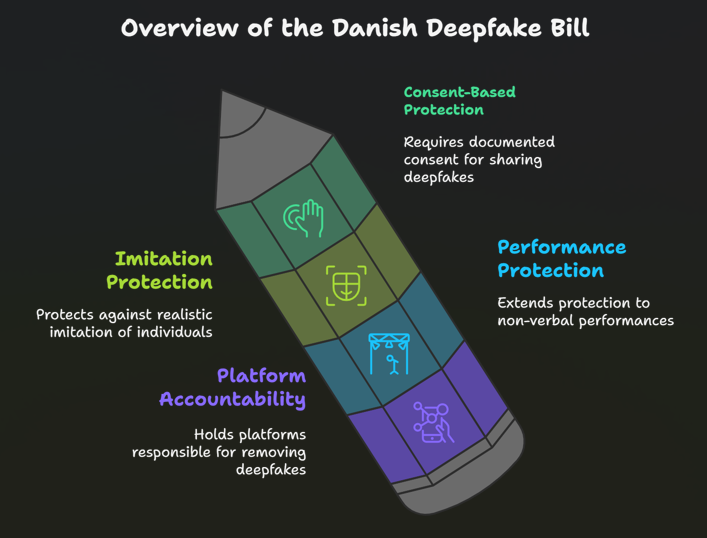
Why Is Denmark Taking This Approach via Copyright Law?
- Innovative Legal Basis: Most countries use criminal law, focusing on harms (e.g., deepfake porn, fraud). Denmark is harm-agnostic—it focuses on the act of publication, not its intention or consequence.
- Right over own body : “Technology has outpaced legislation. Everyone must have the right to their own body, face, and voice.”
How Does This Compare Globally?
- India: No specific deepfake law. Courts have relied on: Right to Privacy (Puttaswamy judgment) & Publicity Rights: e.g., Amitabh Bachchan (2022) and Anil Kapoor (2023) Delhi High Court cases protected their likenesses. There is an absence of protection for ordinary individuals.
- Australia: The eSafety Commissioner handles image-based abuse. Deepfake porn is covered under image abuse laws, but not all deepfakes.
- EU-Wide: The Digital Services Act (DSA) mandates platforms to remove harmful content when notified. No unified deepfake-specific law as yet—Denmark’s move could set the precedent.
What Are the Criticisms and Challenges?
- Enforcement Weaknesses: Real-world success hinges on:Timely content takedown, Legal recourse accessibility & Platform cooperation.
- Definition Ambiguity: There is No universal definition of what qualifies as a “realistic” deepfake and No objective test for satire or parody.
- Limited Scope: No criminal penalties and the Law does not prevent creation of deepfakes—only their publication without consent.
Conclusion: Is This a Model for the Future?
Denmark’s proposed copyright-based framework is a pioneering digital rights expansion, giving individuals control over their likeness in the AI era. While enforcement and international reach remain key challenges, the law sets a powerful precedent for the rest of Europe and the world, especially during Denmark’s EU Council Presidency.
India’s Renewable Rise
India’s Renewable Rise: Non-Fossil Sources Now Power Half the Nation’s Grid
Context: India has achieved a major milestone in its climate action journey by reaching 50% of its installed electricity capacity from non-fossil fuel sources — a full five years ahead of the 2030 target committed under its Nationally Determined Contributions (NDCs) to the Paris Agreement.
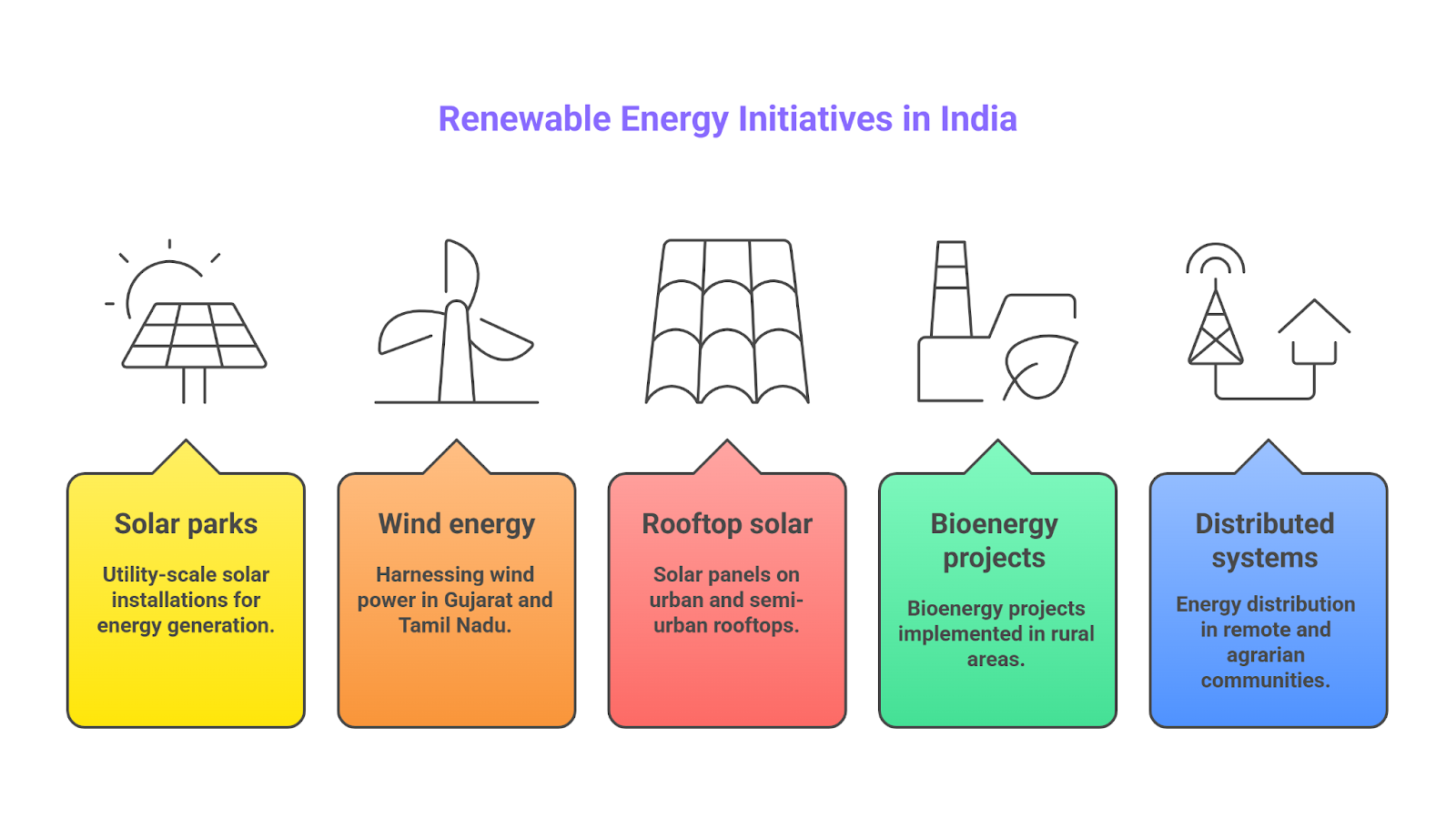
Why is this Important?
- Global Climate Responsibility: India, despite low per capita carbon emissions, is among the few G20 nations on track to exceed their Paris climate goals.
- Equity and Justice: India’s clean energy push is rooted in climate equity, inclusivity, and sustainable development.
- Demonstration Effect: It proves that economic growth and environmental protection can go hand-in-hand.
How Did India Achieve This?
- Success is attributed to visionary policies and implementation, promoting equity and climate responsibility.
- Flagship programs:
- PM-KUSUM: Empowers farmers with solar-powered irrigation pumps and feeder-level solarisation.
- PM Surya Ghar: Muft Bijli Yojana (launched in 2024): Promotes rooftop solar systems for 1 crore households.
- Renewable Energy Policies:
- Solar Park Development: Facilitated utility-scale solar power projects at record-low tariffs.
- National Wind-Solar Hybrid Policy: Boosted hybrid energy capacity and efficient land use.
- Green Hydrogen Mission: Set the foundation for decarbonising industry through future-ready fuels.
- Bioenergy Sector Upscaling: From marginal to mainstream: Significant for rural employment, waste-to-energy, and circular economy contributions.
What are the Co-Benefits?
- Energy Access: Especially in underserved and rural areas.
- Employment Generation: Particularly in solar, wind, and bioenergy installations and maintenance.
- Public Health: Reduction in air pollution-related diseases.
- Rural Livelihoods: Solar-powered irrigation and decentralised generation improve income stability.
- Affordability: Low renewable tariffs reduce overall energy costs.
How is India Positioned Globally?
- Advocates for climate equity and sustainable lifestyles at forums like COP and G20.
- Key proponent of the International Solar Alliance (ISA) and LiFE (Lifestyle for Environment) movement.
- Demonstrates that low-carbon development is achievable in a developing country context.
What Lies Ahead?
- Quality, Equity & Resilience in Clean Energy Access: Focus on doubling per capita clean electricity consumption. Promote distributed renewable systems and energy-efficient appliances. Ensure energy access in rural and tribal regions.
- Infrastructure Modernisation: Develop a digitally integrated national grid. Enable two-way power flows and smart demand management. Deploy Battery Energy Storage Systems (BESS) and pumped hydro storage to ensure 24×7 renewable power availability.
- Circular Economy in Clean Tech: Promote recycling of solar panels, wind turbine blades, and batteries. Develop end-of-life standards and domestic recycling infrastructure.
- AI and Digitisation as Force Multipliers: Use AI for predictive maintenance, demand forecasting, and smart grid management. Foster AI-driven energy marketplaces where consumers become active energy prosumers. Ensure cybersecurity of critical energy infrastructure amid rising digital integration.
Conclusion
India’s early achievement of 50% non-fossil electricity capacity reflects ambition, technological innovation, and policy foresight. It is a testimony that development and decarbonisation are not mutually exclusive but mutually reinforcing. As India aims for 500 GW non-fossil capacity by 2030 and net-zero emissions by 2070, this momentum must continue with inclusive, resilient, and tech-enabled energy systems.
First Grassland Bird Survey in Kaziranga National Park
Famous for its rhinos, Kaziranga records high diversity of grassland birds in survey
Context: A first-of-its-kind survey focusing on grassland-dependent birds in the Brahmaputra floodplains recorded a rich diversity of 43 grassland bird species in Kaziranga National Park and Tiger Reserve. Conducted between March 18 and May 25, the survey covered three wildlife divisions within the park.
Key Findings
- Critically Endangered: Bengal florican
- Endangered: Finn’s weaver, swamp grass babbler
- Vulnerable (6 species): Black-breasted parrotbill, marsh babbler, swamp francolin, Jerdon’s babbler, slender-billed babbler, bristled grassbird
- Confirms Breeding Success: The Finn’s weaver (tukura chorai), a master nest-builder, is breeding successfully, indicating healthy grassland ecosystems.
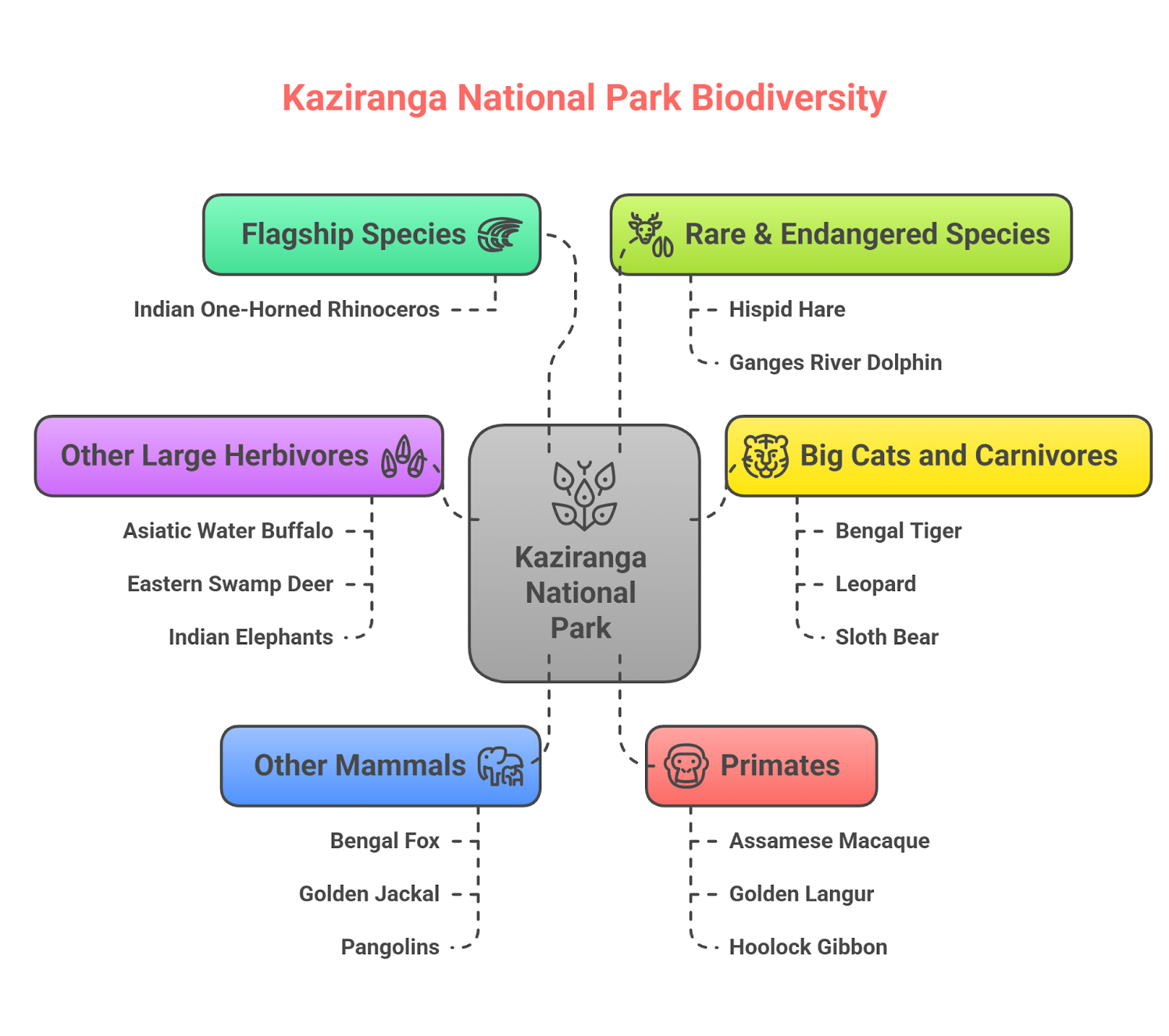
About Kaziranga National Park
- Kaziranga National Park, located in the northeastern state of Assam, India.
- It spans the districts of Golaghat, Karbi Anglong, and Nagaon.
- It borders the Eastern Himalayas; lies along the Brahmaputra River (north and east) and Mora Diphlu River (south).
- Established as a Reserve Forest in 1905 following efforts by Mary Curzon. Became a Wildlife Sanctuary in 1950, a National Park in 1974, and a World Heritage Site in 1985.
- Declared a Tiger Reserve in 2006, with one of the highest tiger densities globally.
- The park is globally renowned for its successful conservation of the Indian one-horned rhinoceros, recovering from near extinction to now host the world’s largest population of the species.
What Makes Kaziranga a Grassland Bird Haven?
- Unique Habitat Mosaic: Spanning 1,174 sq. km, Kaziranga is a diverse mix of grasslands, wetlands, and forests, ideal for a wide range of avian species.
- Comparable to Dry Grasslands: The park’s wet grasslands rival the species richness of Gujarat & Rajasthan’s dry grasslands (as per park director Sonali Ghosh).
- Brahmaputra Floodplains’ Role: Seasonal flooding maintains nutrient-rich grasslands, supporting insect populations & ground-nesting birds.
Two-State Illusion: Confronting the Grim Reality of Occupation
Two-State Breakdown: Exposing the Failure of Global Diplomacy
Context: Amid Israel’s ongoing military campaign in Gaza and the collapse of ceasefire talks, the two-state solution — once dismissed as unviable — is regaining international momentum. With over 54,000 Palestinian deaths, rising global outrage, and France and Saudi Arabia co-hosting a major UN peace conference in June 2025, calls for Palestinian statehood are growing louder.
Why is the two-state solution in crisis today?
- Israel has formal control over 78% of historical Palestine (since 1948).
What is the two-state solution, and how did it originate?
The two-state solution refers to the proposed establishment of two sovereign states — Israel and Palestine — living side by side in peace and security, as a resolution to the Israeli-Palestinian conflict.
Origins of two- state solution
- The concept is rooted in UN General Assembly Resolution 181 (1947) — the Partition Plan — which recommended the division of British-mandated Palestine into two states:
- Jewish state: 55% of the land
- Arab state (Palestinian): 45% of the land
- Israel declared independence in 1948, but the Palestinian state never materialised, due to wars, occupation, and political deadlock.
- In 1993, the Oslo Accords marked the first direct agreement between the Palestinian Liberation Organisation (PLO) and Israel, where Palestinians agreed to accept a state on just 22% of historical Palestine (West Bank, Gaza, East Jerusalem).
- The remaining 22% (West Bank, East Jerusalem, Gaza) is fragmented and under de facto Israeli control through settlements, military occupation, and administrative division.
When did the current crisis escalate, and how has it affected the two-state narrative?
- October 7, 2023: Hamas attacked Israel, killing ~1,200 people and taking hostages.
- Israel’s response: Massive military campaign in Gaza, leading to:
- Over 54,000 Palestinian deaths (as of July 2025)
- Destruction of civilian infrastructure and medical systems
- Starvation used as a weapon — UN reports famine-like conditions
- Humanitarian aid politicised — “Gaza Humanitarian Foundation” criticised for failing neutrality.
- Impact on Two-State Narrative:
- Global outrage against Israel’s disproportionate actions has rekindled calls for Palestinian statehood.
- However, internal Palestinian divisions, lack of trust, and militarised governance remain major hurdles.
What are the Key Issues Undermining the Two-State Vision
- Settlement Expansion: Over 700,000 Israeli settlers now reside in the West Bank and East Jerusalem. In May 2025, Israel approved its largest settlement expansion in decades (22 new settlements).
- Legal Fragmentation: The Halakha (messianic settler) state is emerging within the West Bank, governed by settler councils like Yesha, supported by the Israeli military and political infrastructure.
- Lack of Political Will:
- Israeli Leadership (Netanyahu and his cabinet) explicitly reject Palestinian statehood.
- Palestinian Governance Crisis: Hamas rules Gaza; Fatah (Palestinian Authority) governs parts of West Bank — both lack legitimacy.
- Example: The Trump administration (2017) recognised Jerusalem as Israel’s capital, undermining international mediation efforts.
Who supports the two-state solution and what is the current international stance?
-
Traditional Supporters:
-
- United Nations: Continues to endorse the two-state framework in its resolutions and peace efforts.
- European Union & Arab League: Call for immediate Palestinian statehood and ceasefire.
-
Opposition or Conditional Support:
-
- United States: While it supports the idea in principle, its military and diplomatic support for Israel has obstructed meaningful enforcement.
- Israel: Current government categorically opposes Palestinian statehood and backs settlement expansion.
Where are the proposed boundaries of the two states, and how have they shifted?
-
Originally Proposed Boundaries (UN Resolution 181):
-
-
- Palestinian state: Gaza Strip, West Bank, East Jerusalem
- Israeli state: Remainder of historical Palestine
-
-
Post-1967 Situation:
-
-
- Israel occupied the West Bank, Gaza, and East Jerusalem during the Six-Day War.
- The international community regards these as occupied Palestinian territories (OPT).
- Israel continues to build settlements and separation walls, altering facts on the ground. As per UN OCHA, over 38% of the West Bank is now allocated to Israeli settlements or closed military zones.
-
-
Current Reality:
-
- The West Bank is fragmented into:
- Area A (18%): Palestinian civil and security control
- Area B (22%): Palestinian civil, Israeli security
- Area C (60%): Full Israeli control
- The West Bank is fragmented into:
Subscribe to our Youtube Channel for more Valuable Content – TheStudyias
Download the App to Subscribe to our Courses – Thestudyias
The Source’s Authority and Ownership of the Article is Claimed By THE STUDY IAS BY MANIKANT SINGH
